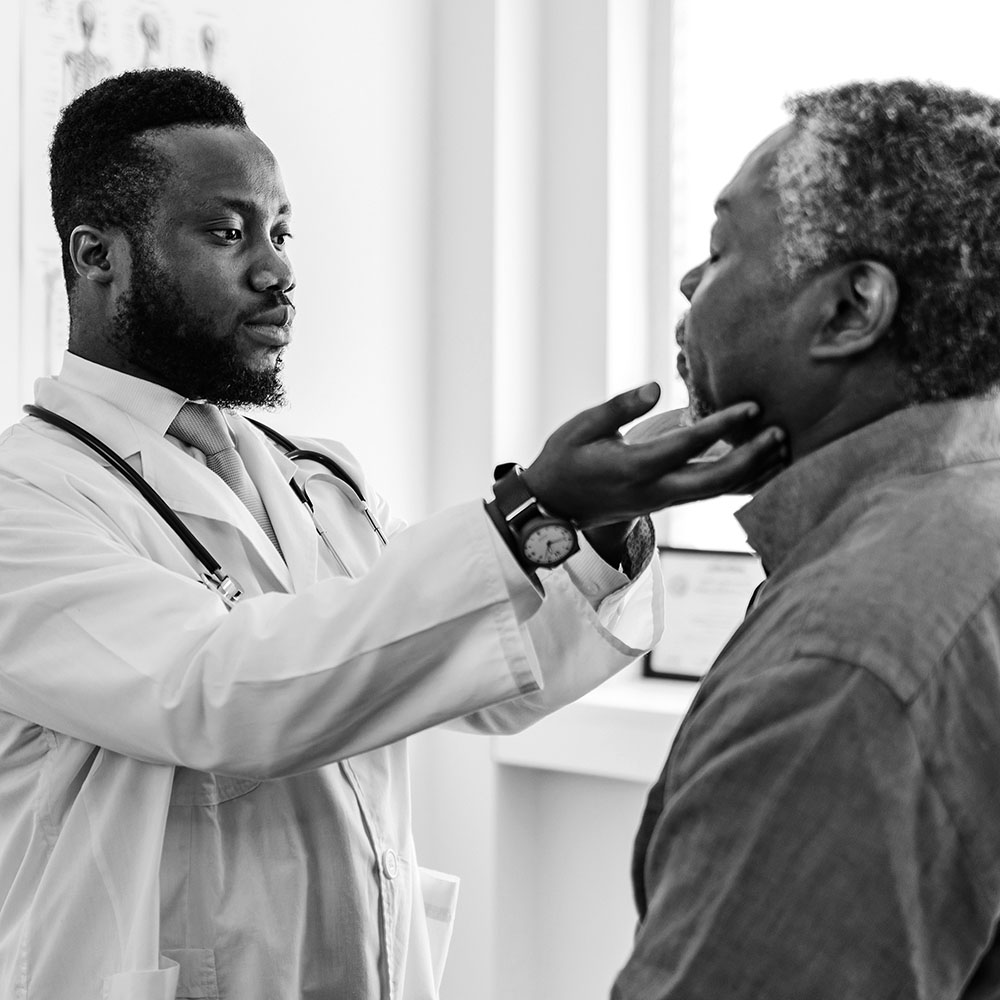- Purpose of This Guideline
- Considerations and Contraindications
- COVID-19
- Haemophilus influenzae Type B (Hib)
- Hepatitis A Virus (HAV)
- Hepatitis B Virus (HBV)
- Human Papillomavirus (HPV)
- Influenza
- Measles, Mumps, Rubella (MMR)
- Meningococcal Serotypes A, C, W, and Y (MenACWY)
- Meningococcal Serotype B (MenB)
- Mpox
- Pneumococcal
- Tetanus, Diphtheria, and Pertussis (Tdap) and Tetanus-Diphtheria (Td)
- Varicella
- Zoster
- All Recommendations
- Introduction
- Linear Gingival Erythema (LGE)
- Necrotizing Ulcerative Gingivitis and Necrotizing Ulcerative Periodontitis (NUG/NUP)
- Necrotizing Ulcerative Stomatitis and Necrotizing Stomatitis (NUS/NS)
- Chronic Pre-Existing Periodontal Disease
- Appendix: Photo- and Radiographs of Periodontal Disease Associated With HIV
- All Recommendations
HIV Care in Transgender Patients
For guidance on healthcare for transgender and non-binary individuals, please consult the World Professional Association for Transgender Health (WPATH) Standards of Care Version 8 and/or the University of California San Francisco (UCSF) Center of Excellence for Transgender Health Guidelines for the Primary and Gender-Affirming Care of Transgender and Gender Nonbinary People.
- Clinical Guidelines Program Approach to Shared Decision-Making
- NYSDOH HIV Care Provider Definitions
- June 2016 Policy Statement: Defining Program Eligibility by HIV Status
- Meningococcal Disease: NYSDOH Health Advisory and Vaccine Recommendations
- Mental Health Screening Tools
- NYSDOH Health Equity Competencies for Health Care Providers
- Selected Links: Resources for Clinicians
- Selected Links: Resources for Consumers
- All FDA-Approved HIV Medications, With Brand Names and Abbreviations

